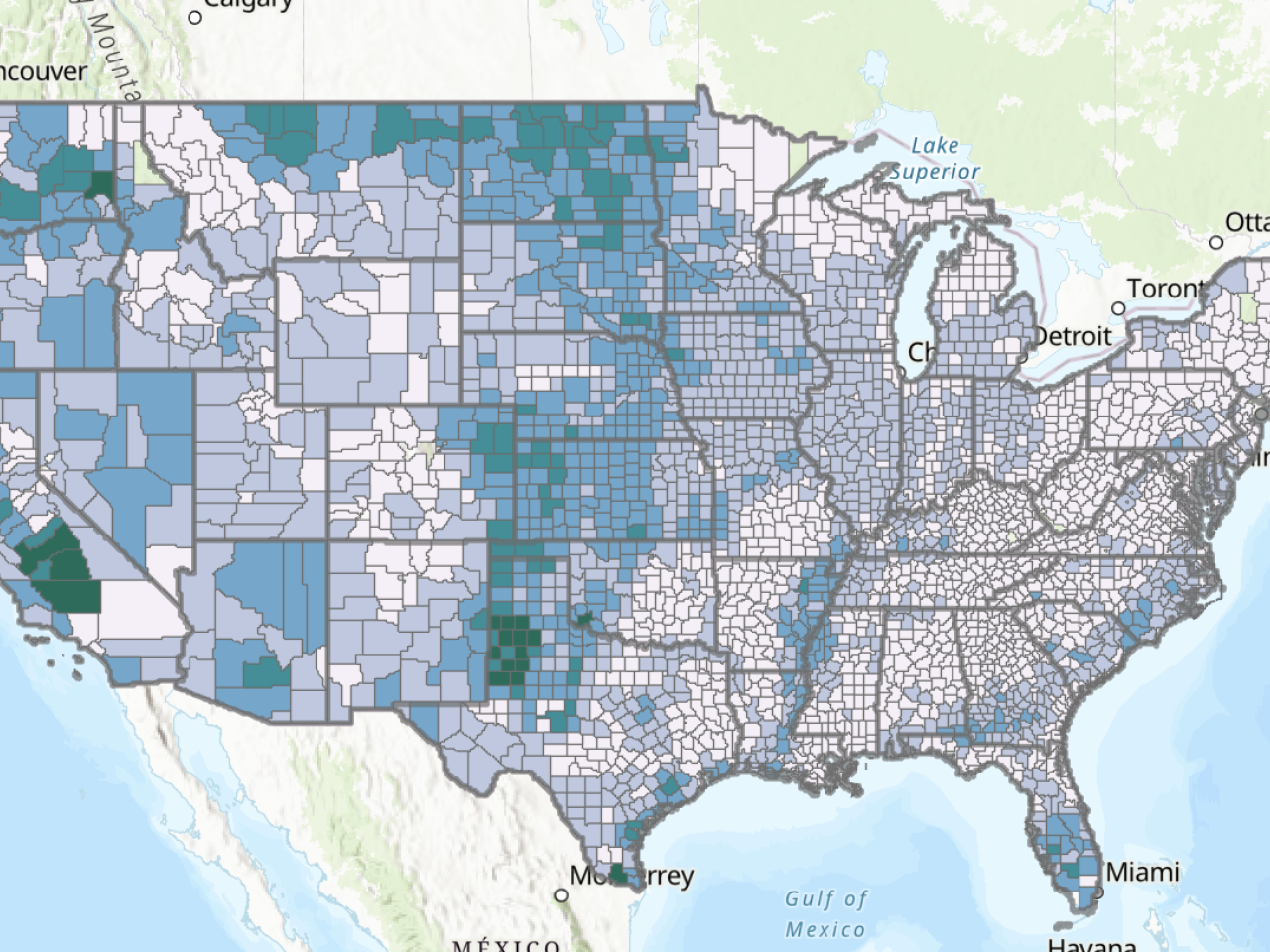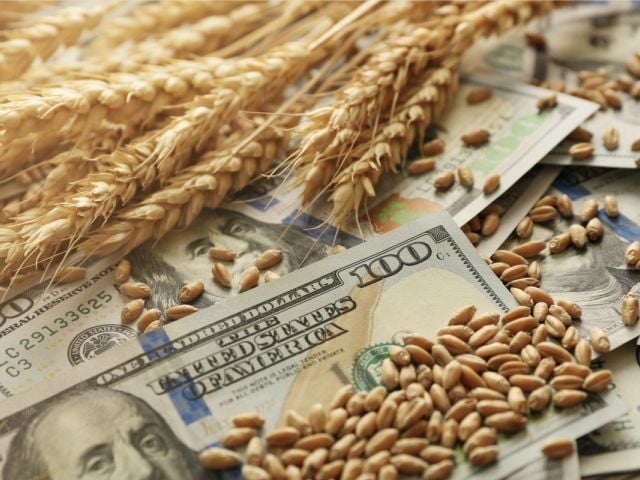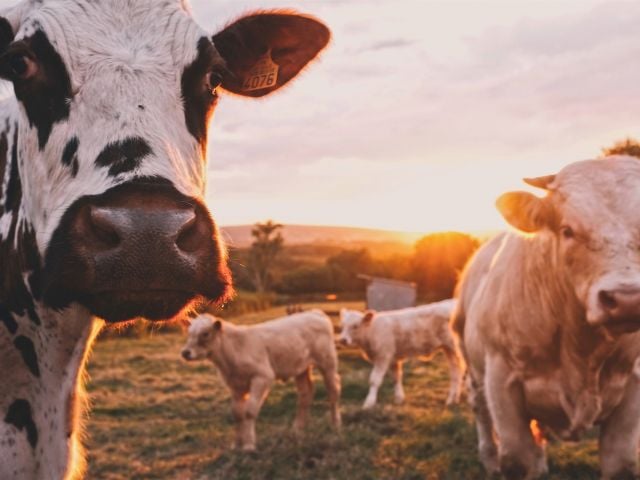
Between 2021 and 2023, farmers across the country may have dipped into three types of taxpayer-funded federal farm support programs to collect more than $55.2 billion, according to EWG’s newly updated Farm Subsidy Database.
The astounding amount of money in Department of Agriculture payments during these three years comes from four programs: crop insurance, two traditional commodity programs and a new farm subsidy program set up by the Trump administration in 2020, according to USDA data.
Now a partisan proposal by the House Agriculture Committee would increase the likelihood that farmers will get paid two or three times for the same loss.
Between 2021 and 2023, some farmers received payments from all three program categories – “triple dipping” at a time of historically high crop prices and farm incomes.
The three USDA farm support program category payments covered four individual payout options:
- An indemnity payment from the taxpayer-subsidized federal Crop Insurance Program
- A payment from one of two traditional subsidy programs tied to crop prices or revenues, the Price Loss Coverage program, or PLC, and the Agricultural Risk Coverage program, or ARC
- A payment from the Coronavirus Food Assistance Program, or CFAP, to compensate farmers for supposed reductions in crop prices due to the Covid-19 pandemic.
The three program categories paid farmers billions of dollars
Farmers collected more than $55.2 billion during this time from the four programs.The vast majority of payments were crop insurance indemnities..
Crop insurance paid out four-fifths of total payments from all four programs, or $44.4 billion, over the three years. As EWG has disclosed crop insurance payments in 2022 were the highest in the program’s history, at over $19.3 billion.
Payments from the ARC and PLC commodity programs made up almost $2.9 billion, and CFAP paid out over $7.9 billion between 2021 and 2023.
Total payments from the four programs topped $19 billion in 2021 and 2022, and just above $16 billion in 2023. (See Figure 1.)
Figure 1. Payments from the four programs between 2021 and 2023.
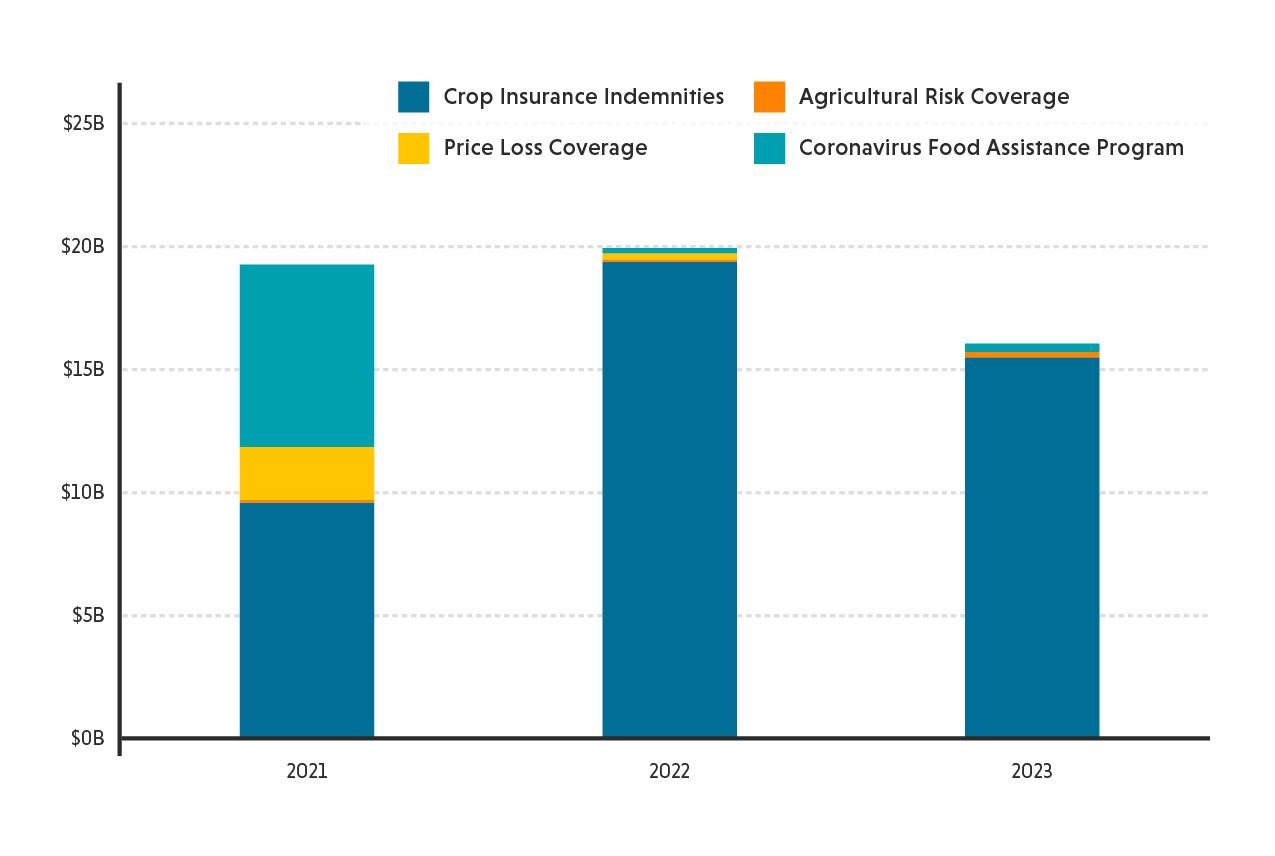
Source: EWG, from the USDA Risk Management Agency,Cause of Loss Historical Data Files, and Farm Service Agency, Payment Files Information
Farmers in 3,111 counties across the country received payments from at least one of the three farm support categories. And in 2,632 counties, or 85 percent, farmers collected payments from all three. CFAP had the largest reach, with farmers in 99 percent of the 3,111 counties receiving payments. (See map below.)
Over half of all payments from these four programs, $29.2 billion, went to farmers in just six states – Texas, Kansas, North Dakota, California, Nebraska and South Dakota, in descending order of largest payments. The payments are very highly concentrated in just a few states – farmers in Texas and Kansas alone accounted for more than a quarter of all payments, or 27 percent.
Taxpayers subsidize over 60 percent of crop insurance premiums, and indemnity payments are made up of premiums collected. Taxpayers foot the entire bill for traditional commodity subsidy programs and CFAP.
Subsidies mostly support wealthy farmers
National net farm income has gone up over time, reaching new heights between 2021 and 2023. (See Figure 2.)
So this near-record amount of farm subsidies was distributed at a time when crop prices and farm incomes were at an all-time high and many farmers did not need the support for their farms to survive.
Farm income was the highest ever in 2022 at $196.4 billion. The third and fourth highest net farm incomes were earned in 2021 and 2023, behind only 2013 and 2022.
Figure 2. The most recent three years had some of the highest U.S. net farm incomes in history.
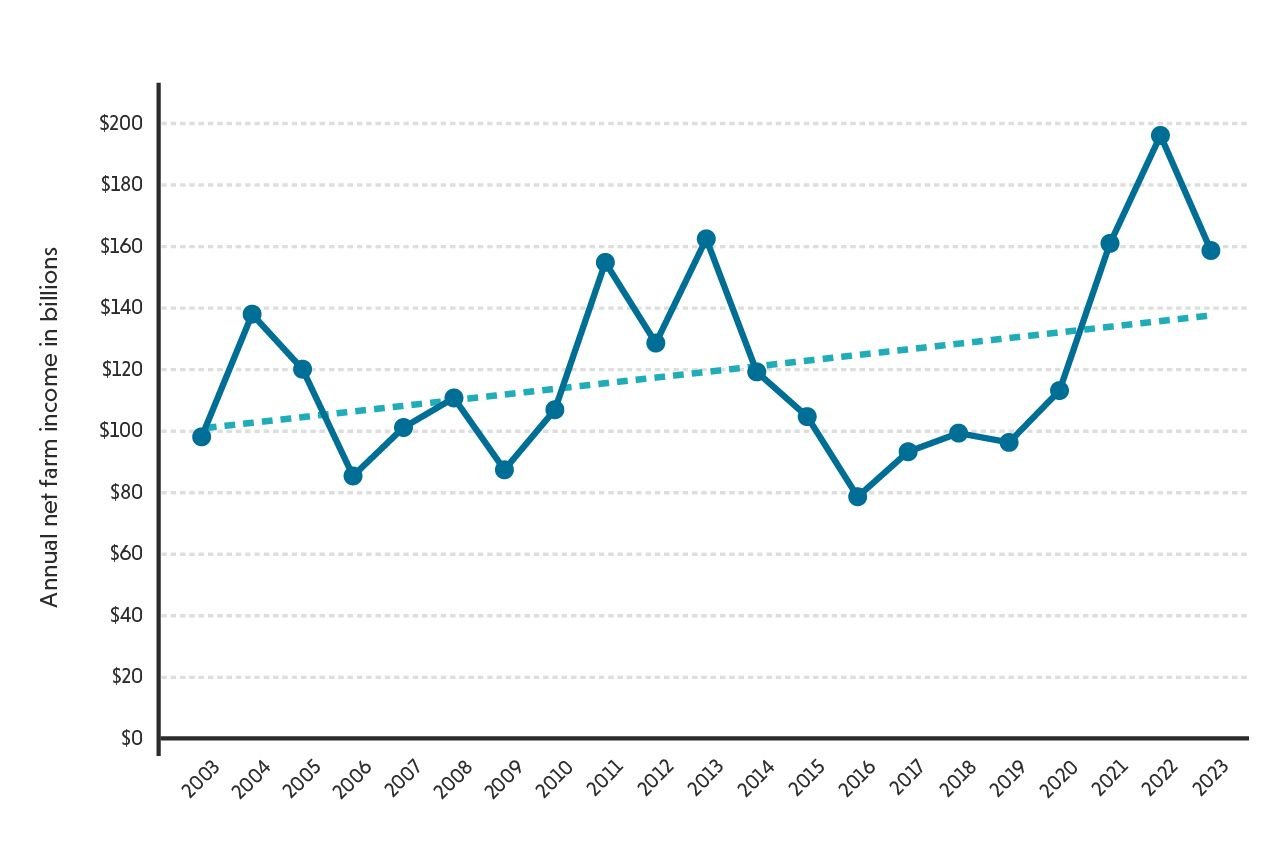
Source: EWG, from the USDA Economic Research Service, U.S. net farm income and net cash farm income, inflation adjusted, 2003-24
From all the farm subsidy programs, the largest and wealthiest farms get the most money. In 2023, the top 10 percent of commodity subsidy recipients collected about three-quarters of the payments, or 74%.
And while farmers whose annual income tops $900,000 are not eligible for commodity subsidies, they can still get premium subsidies and indemnity payments from the Crop Insurance Program.
According to the Government Accountability Office, over 1,300 of these high-income farmers had a taxpayer-subsidized crop insurance policy. The top one percent of crop insurance policyholders collected 22 percent of premium subsidies in 2022, the GAO found.
Some in Congress are trying to increase triple dipping
Despite record farm incomes, the partisan House Agriculture Committee 2024 Farm Bill, called the Farm, Food, and National Security Act of 2024, proposes to raise farm subsidies, increasing the likelihood farmers will continue to get paid multiple times, often for the same loss, for years to come.
The recently released farm bill proposes to increase farmer payments through ARC and PLC by increasing reference prices, and expand the number of farmers that can qualify for these commodity subsidies.
Reference prices determine whether farmers receive a payment from these commodity programs. Increasing reference prices to the levels proposed by the House farm bill would mean most farmers who participate in the programs, including most peanut, rice and cotton farmers, will get paid every year over the five-year lifetime of the farm bill.(See Figure 3.)
Figure 3. Proposed increases to reference prices projected to lead to payments every year
Crop | Current reference price | Proposed reference price | Expected price, 2025 | Expected price, 2026 | Expected price, 2027 | Expected price, 2028 | Expected price, 2029 |
Rice | $14.00 | $16.90 | $14.99 | $14.76 | $14.65 | $14.62 | $14.67 |
Seed Cotton | $0.37 | $0.42 | $0.38 | $0.37 | $0.37 | $0.37 | $0.37 |
Peanuts | $535.00 | $630.00 | $458.40 | $458.80 | $459.00 | $459.00 | $459.20 |
Source: EWG, from the USDA Farm Service Agency, ARC/PLC Program Data, The Farm, Food, and National Security Act of 2024 and Congressional Budget Office, USDA Farm Programs Mandatory Baseline.
The bill would also expand crop insurance coverage, likely including more farmers in the program or increasing subsidies to farmers who already participate.
If the bill is signed into law, these changes would likely increase the likelihood as well as the number of farmers who double or triple dip into the multiple farm support programs. The changes would also likely raise the amount of payments current program participants get. Additionally, thousands of farmers have already received farm subsidies for 39 years straight, and according to Congressional Budget Office projections, these changes would extend that another five or 10 years.
A good time for reform
As has been proposed by the House Agriculture Committee, increasing farm subsidies would primarily benefit a few thousand peanut, cotton and rice farmers. Instead of providing more taxpayer dollars for farm subsidy programs, the programs should be reformed to save taxpayer money and make them more equitable for farmers.
There are many proposed reforms that could lower taxpayer costs or improve the equity of farm subsidy programs, including:
- Reducing the income limit on farm subsidy programs so the wealthiest farmers do not qualify.
- Setting an income limit for eligibility in the Crop Insurance Program.
- Capping crop insurance so farmers can only receive up to $125,000 in premium subsidies per person.
- Cutting administrative and operating subsidies paid each year to crop insurance companies.
- Revising the Whole Farm Revenue Protection policy to bring more small, diversified family farms into the program.
